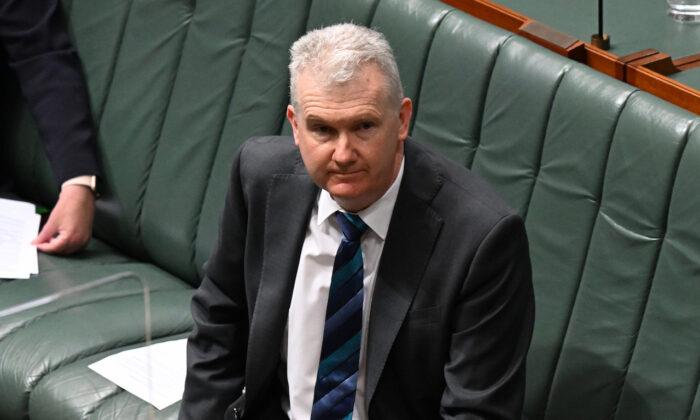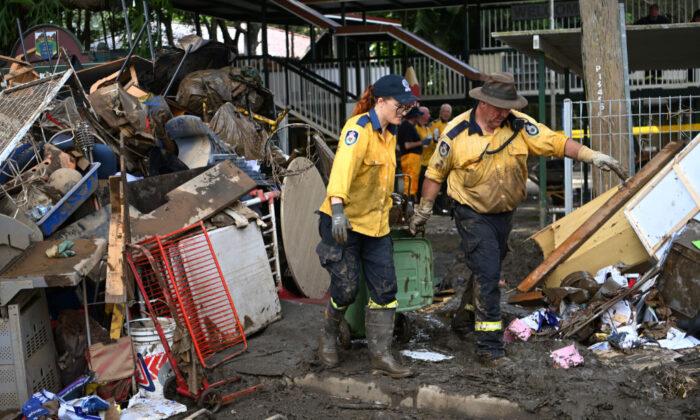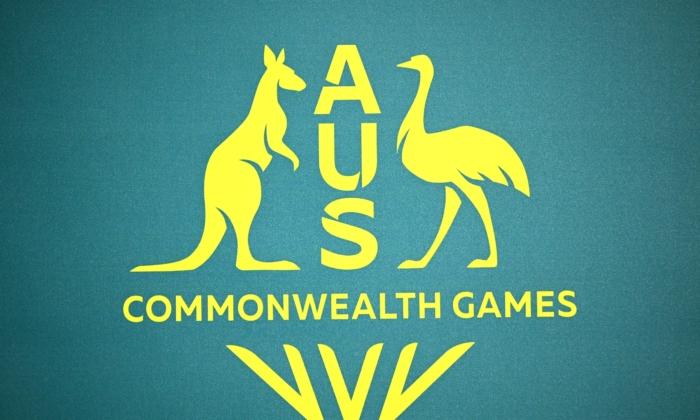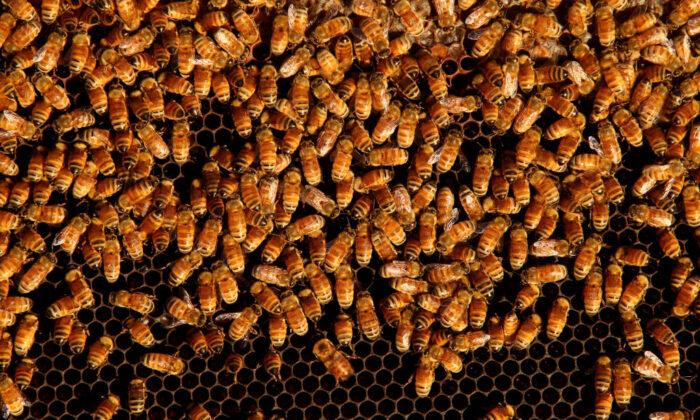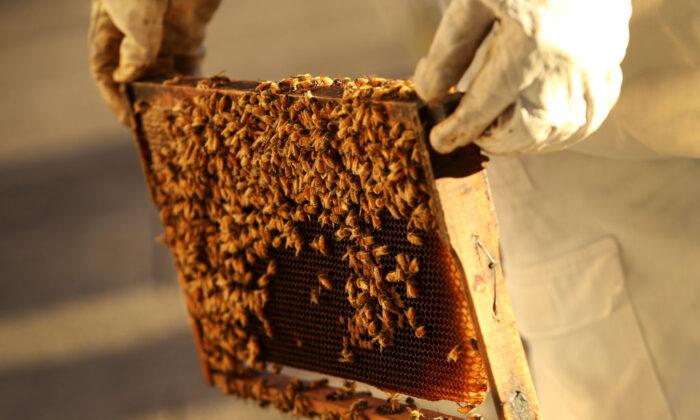The Australian government will launch a new National Cultural Policy to bring direction and vision to the arts, entertainment and cultural sectors after the creative sector suffered heavily from the COVID-19 pandemic lockdowns.
The federal government will release the policy in Melbourne on Jan. 30 after months of consultations and will build on arts policies by the previous Keating and Gillard governments.
However, Arts Minister Tony Burke, at the Woodford Folk Festival on Dec. 30, said that major art collecting institutions and museums, including the National Museum of Australia, national gallery and archives, and Trove, will not be included in the policy.
Instead, the government will wait to correct the “systematic underfunding” of collecting institutions until the next federal budget.
The policy will be built on five pillars, including putting “First Nations” first, reflecting the diversity of all Australians, supporting the artists, providing support to sustain the arts and culture, and ensuring stories reach audiences locally and abroad.
“A new National Cultural Policy is the foundation for a better future for Australian artists.”
The plan follows the push from independent MPs like Dr Sophie Scamps, who choose to run on a platform for helping the arts and culture sectors.
The economic contribution of the arts is significant, with the arts and entertainment sector contributing $14.7 billion per year in value added (GDP),” Scamps said.
Content Quotas for Australian TV and Film
Burke also signalled that the federal government would be looking to address systemic issues in the domestic television and film industry, which he said were at an “automatic structural disadvantage'' due to Australia’s small English-speaking population, which made overseas content cheaper to produce.“The only way you fix that disadvantage is with Australian content quotas,” he said.
Although streaming services like Netflix and Stan have Australian content, they do not have quotas like Foxtel and free-to-air television channels.
Arts Budget Ahead of Policy
Prior to the release of the National Cultural Policy, the Albanese government launched immediate support measures for the Australian arts and culture sector.Support of $5 million will also be provided to the National Institute of Dramatic Art and $2.4 million to expand the Bundanon art museum.
The government will also invest in the arts and culture sector by providing $80 million for the National Aboriginal Art Gallery to establish a facility to display Australia’s most significant First Nations artists.
Perth’s Aboriginal Cultural Centre to receive the support of $50 million to develop an institution to showcase Western Australia’s First Nations history and culture.
Tasmania’s Burnie Cultural Precinct will also receive $13 million in government support for regional arts and cultural institutions.
The national Artbank program provides support to living Australian artists through the acquisition of their work and promotes the value of Australian contemporary art to the broader public by making this work available through an art leasing scheme.
Artbank is part of the Australian Government Office for the Arts and has supported the creative arts industry since 1980.
